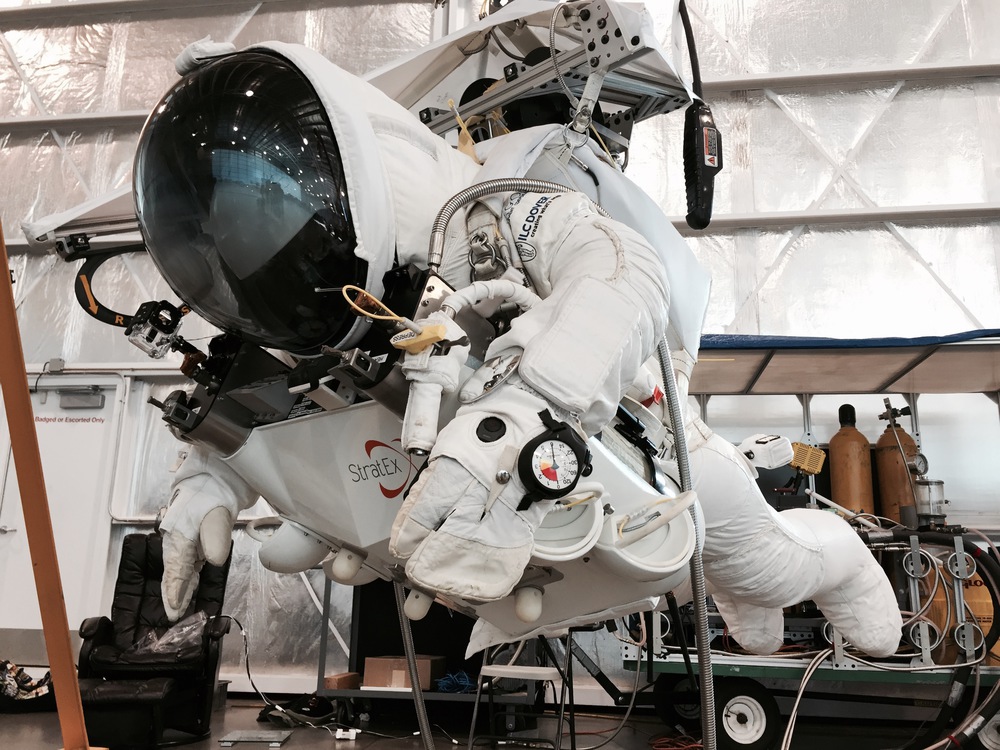Recommended Posts
riggerrob 643
However, if a jumper asks me to repack his reserve and NOT test the ripcord pin (assuming it was from the suspect batch) then he gets his rig back, unsealed, unsigned and unpacked.
If the rig was manufactured outside the suspect dates and there are no notes about ripcord replacement, etc. I do not waste my time testing ripcords.
ZigZag 0
Most riggers are leary of Test #1, as it is quite easy to bend the pins at the 15 lb load specified for this test when performed incorrectly.
Anyway, getting a block of aluminum, drilling a plumb hole of correct size and mounting the jig was not really that much of a hassle. In fact, it was kinda fun getting up to date with a new security issue.
Now a rip cord pin-test ( #2 ) barely takes a minute, and I can sleep better, knowing that my customers'
rip cord pins are compliant.
The jig is not a hassle, but rather just another tool in a riggers arsenal in performing a vital airworthiness test. This is what riggers do!!!
Hooknswoop 19
QuoteAnyway, getting a block of aluminum, drilling a plumb hole of correct size and mounting the jig was not really that much of a hassle. In fact, it was kinda fun getting up to date with a new security issue.
I got the block from Capewell today. They Fed-ex'd it, overnight! I has multiple holes for different length pins and is manufactured and labeled very nicely.
They will ship any rigger one of these blocks for free. A quick e-mail w/ some basic info and it showed up. There is a "Supplemental Instructions for Test #2" included witht the block. It simply says that the holes in the aluminum block need to be cleaned out with a #32 'jobber drill', by hand.
QuoteMost riggers are leary of Test #1, as it is quite easy to bend the pins at the 15 lb load specified for this test when performed incorrectly.
Para Flite has a note on their web page recommending against the use of test #1 and some cautions for test #2.
In reply to TomBuch-
I have to agreee with TomBuch;
QuoteThe argument I am making is that a jumper has the right to make an informed decision about how much risk he/she is willing to take. The jumper should be able to decide if the risk of bending an otherwise good pin and being forced to purchase a new ripcord assembly, is greater than the risk of a fatality if the pin is actually bad and remains untested. The FAA specifically left that decision to each "parachute user." Should a fatality happen because a pin broke when needed, a rigger should be able to say that the customer was clearly informed of the risk (it was published in Parachutist and Skydiving over several months, it was posted on the local dropzone web and on many other sites, posted on the DZ bulletin board, announced over the DZ PA system, testing was offered and encouraged at no charge), and still the individual jumper refused to have his pin tested, as was his legal right."
But I hold in reserve my right no not re-pack a reserve unless I've tested the pin
Derek
ZigZag 0
Ziggy



No a jumper does not have that right, that is why we have BSR’s, FAA and DZ rules. A rigger has the right not to repack a reserve or pack the rig if you don't allow the test. And a DZ has the right to not allow you to jump there if you don't have the test done because it doesn’t matter how much risk the individual is willing to take as it may affect others as the result of a failure.
Share this post
Link to post
Share on other sites